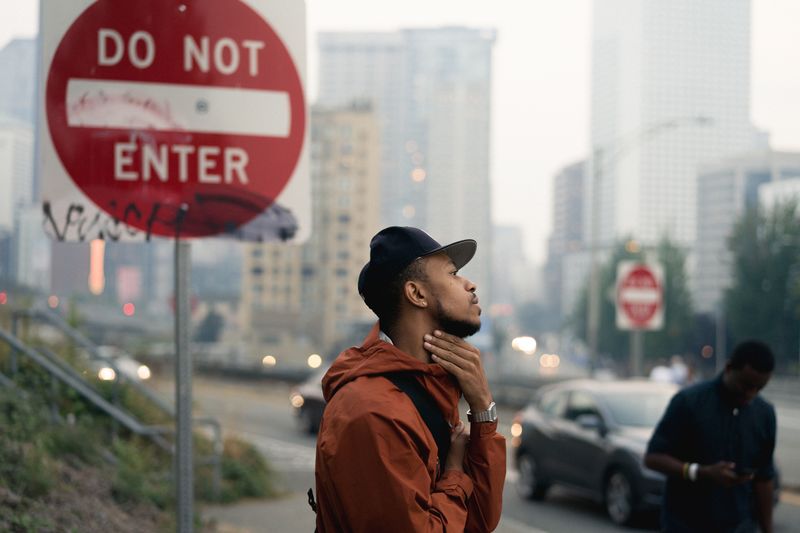Street Photographers Can Be Fun For Anyone
Street Photographers Can Be Fun For Anyone
Blog Article
The 30-Second Trick For Street Photographers
Table of ContentsThe Best Strategy To Use For Street PhotographersNot known Incorrect Statements About Street Photographers Unknown Facts About Street PhotographersSome Known Incorrect Statements About Street Photographers Unknown Facts About Street Photographers
Street photographers do not always have a social objective in mind, however they favor to isolate and record moments which may or else go undetected.He was influenced by several of those that affected the road photographers of the 1950s and '60s, he was not chiefly interested in catching the spirit of the street., that worked side by side with digital photographers trying to capture the essence of urban life.

Offered the fine high quality of his photographs and the breadth of material, engineers and musicians often purchased Atget's prints to use as referral for their own job, though industrial rate of interests were hardly his major inspiration. Instead, he was driven to photograph every last residue of the Paris he liked.
Street Photographers Can Be Fun For Anyone
They reveal the city via his eyes. His work and fundamental understanding of digital photography as an art form worked as inspiration to generations of digital photographers that adhered to. The following generation of road photographers, though they likely did not refer to themselves thus, was ushered in by the photojournalism of Hungarian-born photographer Andr Kertsz.
Unlike his peers, Brassa used a larger-format Voigtlnder video camera with a longer direct exposure time, requiring him to be extra computed and thoughtful in his technique than he might have been if using a Leica. (It is thought that he may not have actually been able to afford a Leica during that time, however he did, nonetheless, make use of one in the late 1950s to take colour pictures.) Brassa's photographs of the Paris underworld illuminated by man-made light were a discovery, and the collection of the collection that he released, (1933 ), was a major success.
Cartier-Bresson was a champ of the Leica camera and one of the very first photographers to maximize its capacities. The Leica allowed the photographer to engage with the surroundings and to catch moments as they happened - Street Photographers. Its fairly little dimension likewise assisted the digital photographer fade into the history, which was Cartier-Bresson's preferred technique
Little Known Questions About Street Photographers.
It is because of this basic understanding of the art of image taking that he is commonly attributed with uncovering the medium around again approximately a century given that its development. He took photographs for even more than a half century and influenced generations of photographers to trust their eye and instinct in the moment.
These are the concerns I shall attempt to answer: And after that I'll over at this website leave you with my very own meaning of road photography. Yes, we do. Allow's start with specifying what a definition is: According to it is: "The act of specifying, or of making something certain, distinctive, or clear".
No, certainly not. The term is both restricting and misdirecting. Seems like a street photography must be pictures of a roads appropriate?! And all road professional photographers, with the exception of a handful of absolute novices, will totally appreciate that a road is not the crucial component to street photography, and actually if it's a photo of a street with possibly a few dull individuals doing nothing of interest, that's not road digital photography that's a photo of a street.
He makes a legitimate factor don't you think? Nonetheless, while I agree with him I'm unsure "candid public photography" will certainly catch on (although I click to read do kind of like the term "honest digital photography") since "street digital photography" has been around for a long period of time, with numerous masters' names affixed to it, so I believe the term is below to stay.
A Biased View of Street Photographers
You can fire at the beach, at a festival, in an alley, in a park, in a piazza, in a coffee shop, at a gallery or art gallery, in a metro station, at an occasion, on a bridge, under a bridge ...
Yes, I'm afraid we have no choice! Without rules we can not have a meaning, and without a meaning we don't have a style, and without a style we don't have anything to define what we do, and so we are stuck in a "policies interpretation genre" loop! - Street Photographers
Getting My Street Photographers To Work

Report this page